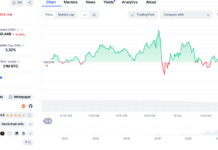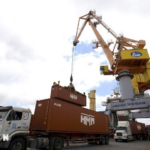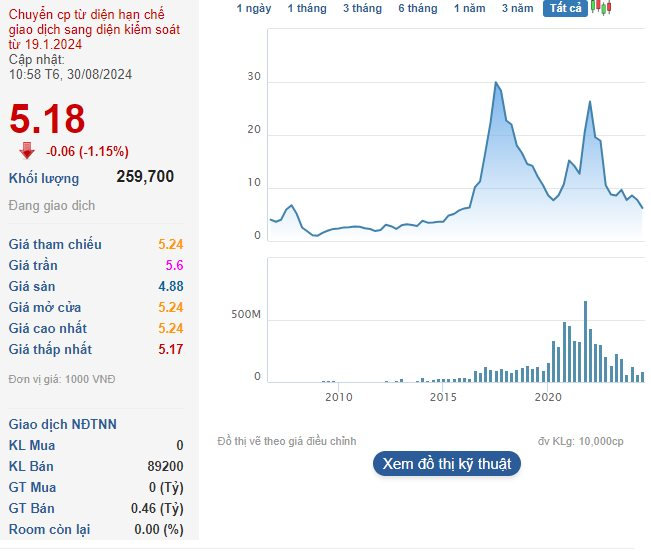The White House announced it will be closed on the evening of July 31, with the President expected to make an additional appearance and address to the press.
As outlined in Appendix 1 of the executive order, the new tariffs range from 10-41%. This list includes countries and territories with which the US has and has not reached trade agreements. Countries and territories not on this list are subject to a 10% tariff.
The adjusted tariffs will take effect for goods “imported for consumption on or after 00:01 hours Eastern Time seven days after the date of signing of this proclamation,” with some exceptions.
According to the proclamation, trading partners that have reached or are about to reach trade and security agreements with the US will be subject to these adjusted tariffs until the agreements are finalized.

According to this appendix, the countries facing the highest retaliatory tariffs are Syria at 41%, Laos and Myanmar at 40%, Switzerland at 39%, Serbia at 35%, and South Africa at 30%. Vietnam is subject to a 20% tariff, while Thailand and Indonesia face a 19% tariff.
Also, on July 31, the White House released documents related to the imposition of tariffs on certain trading partners. In the document concerning Canada, the Trump administration stated that the country had not cooperated to control the flow of fentanyl and other addictive substances across the border into the US. Canada’s retaliatory trade actions against Trump’s tariffs were described as a threat to the US.
“In response to Canada’s continued inaction and retaliatory actions, President Trump deems it necessary to increase tariffs on goods from Canada from 25% to 35% to effectively address the current emergency,” the White House document stated.
The White House also asserted that Canada’s trade retaliation against the US would further complicate bilateral efforts to resolve the escalating drug crisis.
The document also mentioned that goods under the US-Mexico-Canada trade agreement would continue to be exempt from this 35% tariff. Goods exported from Canada to the US under false pretenses would be subject to a 40% tariff. The new tariffs took effect on August 1.
Regarding Mexico, on July 31, Mr. Trump announced that he had agreed with Mexican President Claudia Sheinbaum to extend the current trade agreement with Mexico for another 90 days and continue negotiating a new deal.
“Mexico will continue to be subject to the 25% fentanyl tariff, the 25% tariff on automobiles, and the 50% tariffs on steel, aluminum, and copper. In addition, Mexico has agreed to immediately eliminate longstanding non-tariff trade barriers,” Trump wrote in a post on the Truth Social media platform.
The Resilient Vietnamese Economy: A Stable Foundation for a Promising Future
“Vietnam’s macroeconomic stability and agility in a volatile global economic environment have been applauded by prominent organizations such as the World Bank, the Asian Development Bank, and Standard Chartered. Their recognition underscores the country’s robust foundation and adaptive capabilities, fostering resilience and potential for growth amidst global uncertainties.”
“US Imposes 20% Tariffs on Vietnamese Goods: Businesses and Experts Hope for Further Reductions”
The 20% tax rate, despite being a significant reduction from the initial proposed rate of 46%, still leaves experts and businesses hopeful for further negotiations to drive it down even lower.











































